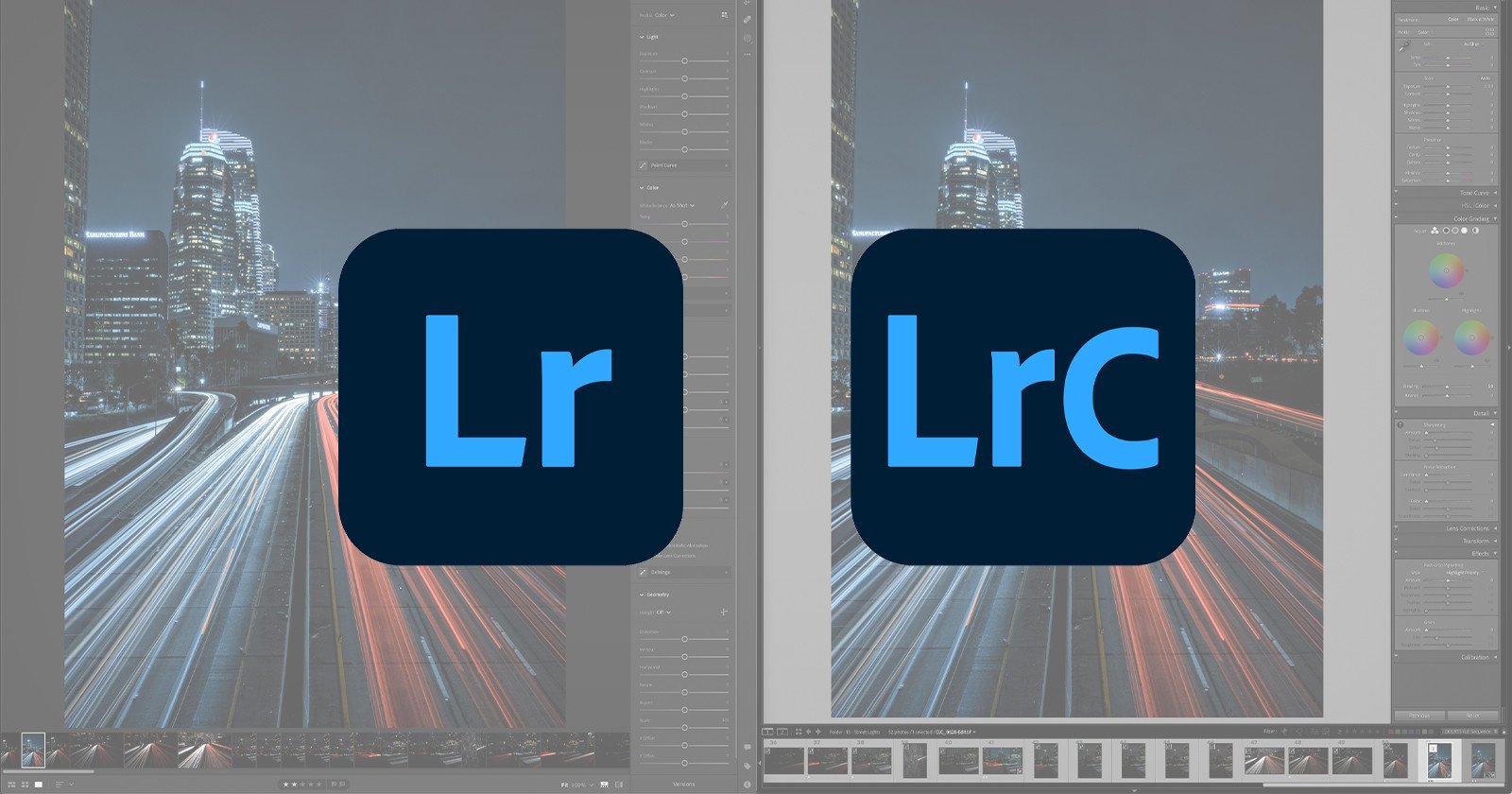
- #Adobe lightroom classic vs cc full
- #Adobe lightroom classic vs cc professional
- #Adobe lightroom classic vs cc series
Lightroom (former Lightroom CC) does not have a Library module you organize and develop your photos in a single user interface. Plus, you can group photos in virtual stacks and create virtual copies. You can organize your images using folders, galleries, and tags. The Library module serves the function of advanced digital asset management (DAM). Lightroom Classic has a modular structure. But you still can synchronize individual Galleries with mobile devices using Creative Cloud. With Lightroom Classic, you store all your imported photos locally on the computer hard drive.
#Adobe lightroom classic vs cc full
You can access the full versions of your images from all connected devices. Every time you import new butch of photos, Lightroom uploads them to the cloud. The main difference between Lightroom Classic and Lightroom (former Lightroom CC) is how you store your photos. Lightroom Classic vs Lightroom CC: the Main Differences 1. This article aims to explain the differences between Lightroom Classic and Lightroom and what advantages and disadvantages each version has. And Lightroom is available in 3 versions: Desktop, Mobile, and Web (browser-based). Adobe dropped CC (Creative Cloud) from the names of both versions.Īs of writing, we have two versions of Lightroom: Lightroom Classic and Lightroom. I was hoping that over time, Adobe would merge two versions into one, and we would enjoy a fast and responsive program with a modern interface that has all functionality of the original Lightroom. And since the new version of Lightroom CC was not equipped with many features, it caused panic in the photo community.
#Adobe lightroom classic vs cc professional
By 2017 Lightroom became a powerful professional application.īut in 2017, Adobe decided to spice things up and make everything more confusing.īut the name Lightroom Classic made many photographers believe that it indicated a legacy program and that Adobe would stop developing it. It was simple times we had only one version of Lightroom. Because of the implementation of various photo editing tools, I could complete 90% of my digital workflow in Lightroom.
#Adobe lightroom classic vs cc series
I used Lightroom to manage my photo library and to correct exposure I conducted the rest of the workflow in Photoshop.īut over the years, Adobe added a series of editing tools, valuable functionalities, and modules to Lightroom.īy the year 2015, when Lightroom 6 was released, I hardly used Photoshop at all. When I started using Lightroom in 2006, I did 90% of my photo editing in Photoshop. The idea was to use Lightroom for photo organization mostly and, for advanced editing, to use Photoshop. You could adjust basic parameters such as exposure, brightness, color balance, contrast, and that was about it. The early iteration of Lightroom hardly had any editing capabilities. The application was given the name Adobe Photoshop Lightroom. And for the Develop module took the Adobe Camera Raw (ACR) plugin from Photoshop and built a new interface around it. It built the Library module from scratch to address digital asset management (DAM). In 2006 Adobe released the first version of Lightroom. This photo is the result of my first steps with Lightroom To close the gap, Adobe created a new application to accompany Photoshop, aiming to simplify the management of the high volume of digital photos. But Photoshop was not equipped to handle large photo libraries because it did not have digital asset management (DAM) module. Because of the low cost of taking additional shots in digital photography, the number of photos taken with digital cameras skyrocketed. It allowed photographers to edit natively RAW images and rasterize them for further manipulation in Photoshop.īut the new issue emerged almost immediately.


In 2003 Adobe completed the development of the Adobe Camera Raw (ACR) application as a plugin for Photoshop. With the explosion of digital photography at the beginning of the century, Adobe realized that Photoshop urgently needed support for a new file format of digital photography – RAW images.


 0 kommentar(er)
0 kommentar(er)
